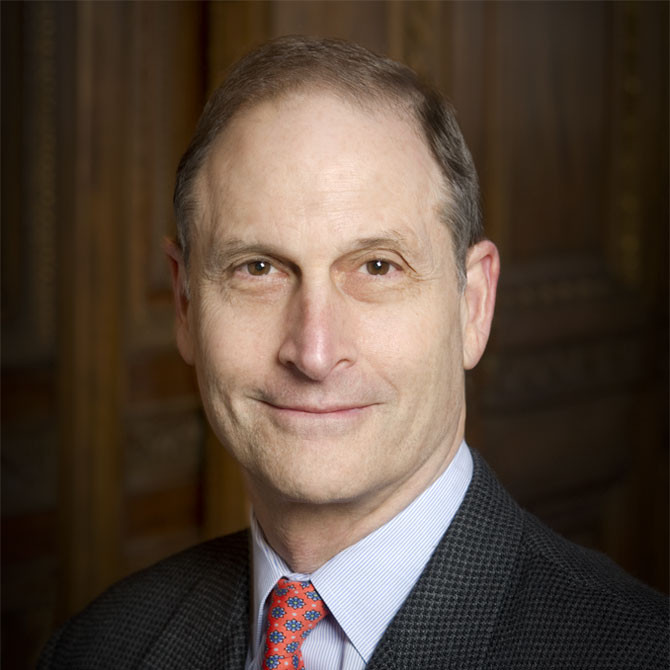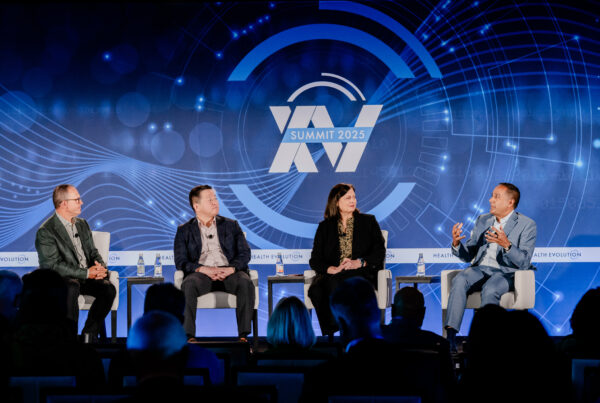
David Blumenthal, MD
Haven was a gigantic failure—but it wasn’t an anomaly.
“I was skeptical from the beginning because I’ve watched efforts from employers over the decades to change health care for their employees and those efforts have not worked. I didn’t see anything about the alliance that these companies formed that would have changed the situation,” says David Blumenthal, MD, President of The Commonwealth Fund and former National Coordinator for Health IT in the Obama Administration.
Blumenthal wrote about the failure of Haven and other large employer-led coalitions in an article for Harvard Business Review. He says that employers in general just don’t have the power in any one market to force change on the incumbent health care system. Even with 1.2 million employees combined between Amazon, Berkshire Hathaway and JPMorgan Chase, there were too many employees spread out and many located outside the U.S. to make an impact in one market. The only exception to this, Blumenthal says, is Amazon in Seattle, and Amazon didn’t need the other two companies to do that.
Read more: What’s next for Amazon health care?
This was affirmed by Michael Neidorff, Centene CEO, shortly after it was announced Haven was disbanding. Of the 1.2 million lives, Neidorff said to Yahoo Finance, “That’s not really enough to get the law of large numbers working.”
At the end of the day, Blumenthal says employers don’t have the patience, market power, knowledge, or incentives to come together and change the market. “Voluntary coalitions have trouble sustaining themselves because their members are autonomous and not united by a strong bond beyond the desire to get cheaper health care, which may be insufficient to keep them at the table and surrender that autonomy,” he says.
Ian Morrison, health care futurist and author, puts it in fairly blunt terms: “I’ve long been critical of employers, going back 30 years, I’ve summarized them as cranky, confused, aimless and spineless. I still believe that’s part of the problem. They have trouble massifying their firepower.”
More costs for employers
As the single biggest purchaser of health insurance, employers continue to eat up the cost of rising health care premiums without getting better outcomes in return. In the last 10 years, according to an analysis from Kaiser Family Foundation, employer contributions to family plans have risen approximately 70 percent from an average of $10,944 in 2011 to $15,754 in 2020.
As Elizabeth Mitchell, CEO of a large employer coalition representing big companies, the Purchaser Business Group on Health, notes during a Health Executive virtual gathering, the numbers aren’t in their favor. This is especially true for self-insured employers when compared to the cost of Medicare.
“Self–insured employers are bearing all of the risk, 100 percent of the risk for costs. Then they see the RAND studies that show they’re being charged 700 percent to 800 percent the cost of Medicare, and that’s really not a good look,” Mitchell says. “That’s just not something they would see in their other supply chains.”
The numbers may get worse in a post-COVID world as health systems will try to make up for losses they’ve suffered during the pandemic. Mitchell adds that the days of health systems and insurance companies passing on the costs or higher prices onto employers are over. That is to say, Haven won’t be the last employer-led coalition that tries to disrupt the landscape because employers aren’t going to sit there and take it anymore.
“Employers ought to have more power. They own the profit margins,” Morrison says. “But they struggle with this collective action problem.”
Mitchell’s Purchaser Business Group on Health, the Health Transformation Alliance, which comprises 50-plus large employers, and Catalyst for Payment Reform, 30-plus employers, are three groups trying to drive change on a national level. There are many others, including regional employer alliances sprinkled throughout the U.S. What can they and other coalitions learn from Haven and the other failed employer ghosts from the past?
A complicated path ahead
The path forward for employer-led coalitions is complicated because, as Morrison notes, even in the most ideal scenarios, there are structural impediments to creating a disruptive force. In Haven’s case, there were reports that there was a lack of coordination between the three companies and even internally between Amazon and Haven. There is also the challenge that employees are unique, need different benefits and can’t compromise on a package, says Blumenthal. And then, incentives between employers and employees aren’t always aligned.
While these problems may not occur within every coalition, Blumenthal says that employers must understand their limitations and ability to move the dial. As such, he says employers should partner with the federal government’s Medicare and Medicaid programs.
“There needs to be an external force that provides direction to CEOs and I think that external force has to be the government. That’s not something private sector leaders want to hear. They usually think they can do it alone. But even if they do well individually, within their organizations, the result over decades has been a very costly, inequitable and underperforming health system,” Blumenthal says.
Employers could partner with the Biden administration to create reforms to the health system that would help lower their costs and improve outcomes for employees. Blumenthal’s Commonwealth Fund convened a Task Force on Payment and Delivery System Reform, which outlined six policy imperatives to improve quality, advance equity, and increase affordability.
Along with putting their heft behind payment reform, Morrison says employers can create centers of excellence, invest in primary care, and standardize benefit design with narrow networks. This, he says, was done with success in Boston with hotel workers. “What the Boston hotel workers union did is it eliminated the high-price Harvard teaching hospitals from the network. Only used the non-hospital teaching hospitals. They parlayed that one act and were able to not make any per-member, per-month increases in premiums,” Morrison says.
Of course, that gets to one of the complications mentioned above. By doing that, employees may not always be on board with these changes because they eliminate access to quality hospitals and physicians. “I don’t know how acceptable that would be to [employees] at Apple, Google,” Morrison says. “That’s part of the challenge that all employers have, they’re trying to please different constituencies internally.”
Incumbent health system
The day after Haven was announced, big insurance stocks took a hit. The day it disbanded, CEOs in the incumbent health system, such as Neirdorff at Centene, were brushing it off as ever being a threat. As Larry Levitt, executive vice president for health policy at Kaiser Family Foundation, said to Yahoo Finance, providers and insurers just have significant market leverage and that’s hard to overcome.
But that doesn’t mean employers aren’t going to keep trying. Whether it’s through national or regional coalitions, or individual employers within certain markets, there will be more attempts and initiatives. Some will even team up with health systems and health insurance companies.
What should leaders in the incumbent health care system take away from all of this?
“If employers get activated, as a result of the relentless cost issues and the aggravation of it through the pandemic, [health care organizations] have to be mindful of where those self-insured employers go and the stringent actions they will take to carve out high-priced outliers. Do not take this as a lesson that you never have to worry about commercial payment and it’s there for you to forever raise prices. I think that’s a false assumption,” Morrison says. “Just because Haven didn’t work doesn’t mean employers won’t be activated.”









